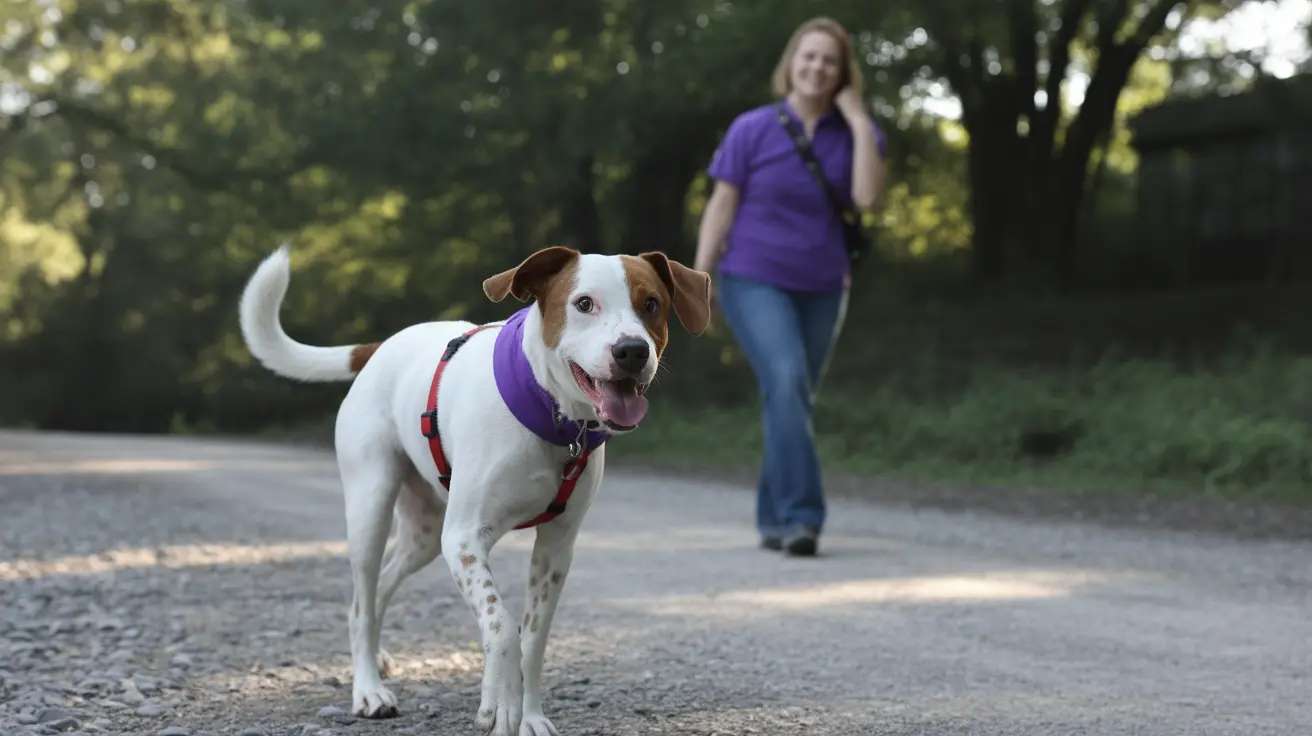For Lori Walker, pet fostering is more than just a morning routine - it's a mission to transform nervous shelter dogs into confident, adoptable companions. Every morning, Walker can be found walking two foster dogs along Desert Meadows Park and the Juan Bautista de Anza Trail, demonstrating how dedicated foster parents help prepare shelter animals for their forever homes.
The daily walks represent just one aspect of the comprehensive care that foster caregivers provide to help shelter pets transition successfully into adoptive homes. Through consistent routines and patient guidance, foster parents like Walker play a crucial role in addressing animal shelter overcrowding while giving individual animals the attention they need to thrive.
Benefits of Fostering Pets
Creating Safe Spaces for Recovery
Foster homes provide a calm, structured environment where animals can decompress away from the often-overwhelming shelter environment. This setting is particularly beneficial for shy or nervous dogs who need extra time and patience to build confidence.
Personalized Attention
Unlike in busy shelters, foster pets receive one-on-one attention that helps them develop trust and social skills. Through daily interactions, these animals learn to navigate household routines and build positive associations with human companionship.
Nurturing Shelter Pets Through Socialization
The success of pet fostering often lies in the consistent exposure to normal household activities. Foster caregivers help nervous dogs overcome their fears through:
- Regular walking routines
- Controlled introductions to new experiences
- Positive reinforcement training
- Steady companionship
Foster Pet Care Responsibilities
Daily Care and Training
Foster parents commit to providing:
- Regular meals and fresh water
- Daily exercise and enrichment
- Basic training and socialization
- Safe, comfortable sleeping arrangements
Health and Wellness Monitoring
Caregivers also ensure their foster pets receive:
- Necessary veterinary care
- Medication if prescribed
- Regular grooming
- Mental stimulation
The Pet Fostering Process
Successful fostering requires dedication and patience. While some animals may need only a few weeks of care, others might require months of support before they're ready for adoption. The goal remains consistent: preparing these pets for successful transitions into permanent homes.
Frequently Asked Questions
What are the key requirements to become a foster caregiver for shelter pets?
Foster caregivers typically must be at least 18 years old, have a stable and safe pet-friendly home, provide food, water, exercise, and basic training, and ensure resident pets are vaccinated and spayed/neutered before fostering.
How does fostering help shy or nervous dogs become more adoptable?
Foster homes provide a calm, nurturing environment where shy or fearful dogs gain socialization, routine, and trust with people, which reduces stress and behavioral issues, making them more ready for adoption.
How does fostering benefit animal shelters and the wider community?
Fostering reduces shelter overcrowding and stress on animals, increases adoption success rates, allows shelters to save more lives, and educates the public about responsible pet care.
Conclusion
Pet fostering represents a vital link in the chain of animal welfare, providing crucial stepping stones for shelter animals on their journey to permanent homes. Through dedicated caregivers like Lori Walker, nervous and shy dogs receive the patience, care, and training they need to become confident, adoptable pets. For those considering becoming part of this rewarding process, fostering offers an opportunity to make a lasting difference in animals' lives while helping to address shelter overcrowding in their communities.






